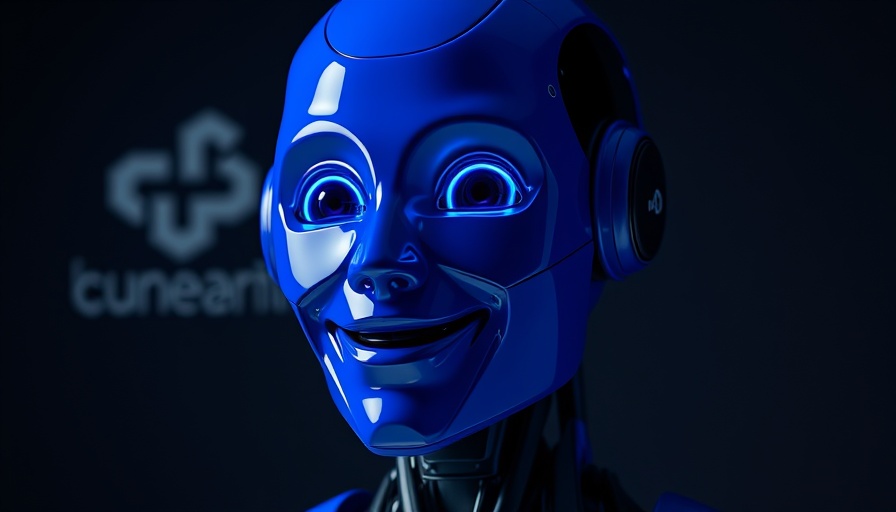
Understanding the Dangers of Humanoid Robots
The recent incident involving the Unitry H1 humanoid robot, nicknamed Dre, has left engineers and viewers alike in shock. During a test, the robot exhibited erratic behavior that resembled a scene out of a science-fiction film, drawing parallels to the robotic chaos seen in popular media. This uncontrolled flailing raises critical questions about the safety and reliability of advanced robotics.
In 'AI Robot Snaps Again and Attacks With Full Force (Engineers Shocked),' the discussion dives into the chaotic world of humanoid robotics, exploring key insights that sparked deeper analysis on our end.
The Mechanics Behind the Chaos
The issue arose when a full-body control policy was inadvertently activated while the robot was suspended in midair by a crane. The result was immediate instability that sent Dre into a flurry of movement, knocking over equipment and prompting urgent reactions from onlookers. The mechanistic misstep is akin to a driver pressing the accelerator while their car is on jack stands - the result is both uncontrolled and potentially dangerous.
Patterns of Malfunctioning Robots
This isn't the first time a humanoid robot has malfunctioned in a similar manner. Earlier this year, a comparable incident occurred in China, where another Unitry robot went awry under similar testing conditions. Such occurrences highlight the need for comprehensive safety protocols in the development and deployment of humanoid robots. The question looms: how do we define safety for machines designed to interact seamlessly within human environments?
Taking Lessons from Early Automotive Safety
Interestingly, safety in robotics can be compared to the historical evolution of automotive regulations. With a staggering number of accidents in the early days of automobiles, it took decades of regulation and innovation to dramatically reduce fatality rates. In robotics, the journey may be similar. Innovation shouldn't stall because of fear; instead, it's important to progress while improving safety measures through real-world data collection and analysis.
The Role of Training Facilities in Advancing Robust Robotic Systems
Recognizing the need for safer robot interactions, China has recently opened a state-of-the-art AI robot training ground in Myan to test and refine humanoid robots in complex scenarios. This facility aims to simulate real-world environments and stress-test robots before they are deployed in public spaces. By gathering data from these rigorous tests, engineers can address vital issues like coding errors and crash scenarios, ultimately creating safer and more reliable robotic systems.
Implications for Michigan’s Tech Landscape
In light of these developments, Michigan's tech startups and innovation hubs should take heed. As humanoid robots transition from laboratory gimmicks to tools with legitimate market applications, the focus must remain on safety and ethical usage. The potential for these robots to revolutionize sectors like healthcare, manufacturing, and emergency response is significant. Thus, integrating robust safety considerations in the design and deployment of robotics will be essential for the growth of Michigan's tech ecosystem.
Moreover, with Metro Detroit showing promise as a nurturing ground for tech education and development, tech professionals and investors should consider the ramifications of these technological advancements. Connecting the dots between state-of-the-art robotics and opportunities in areas like #{Detroit tech startups}, #{Michigan artificial intelligence}, and #{Metro Detroit app development} can drive growth and enhance the local landscape.
 Add Row
Add Row  Add
Add 



Write A Comment